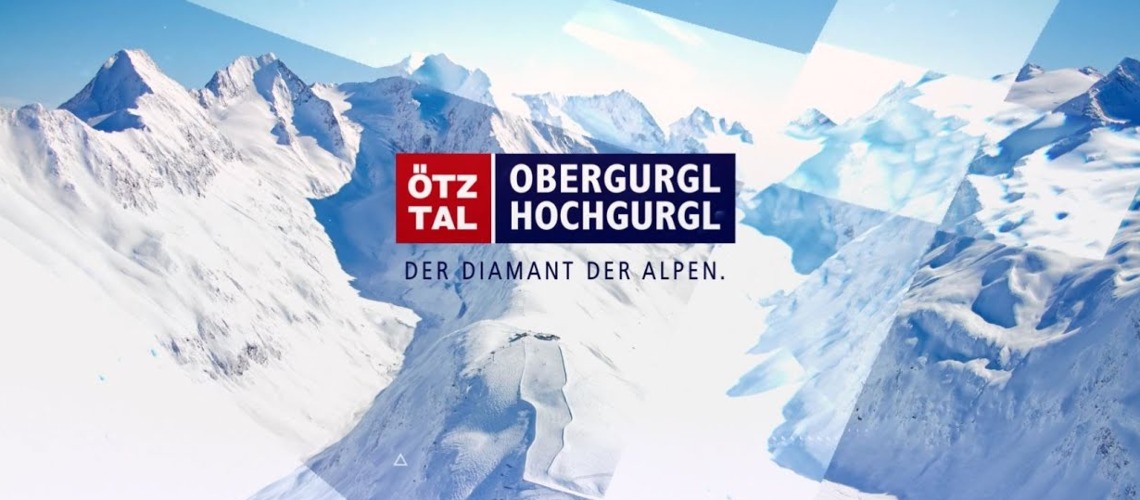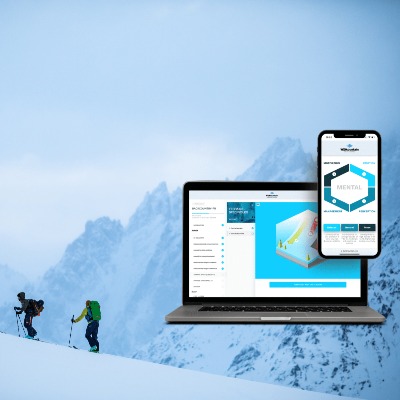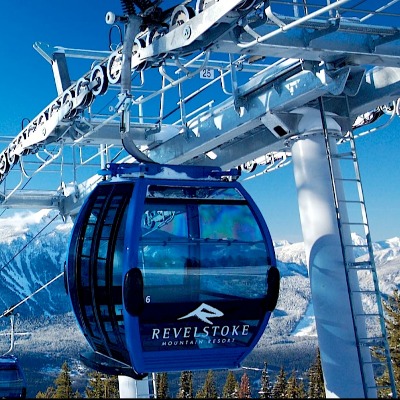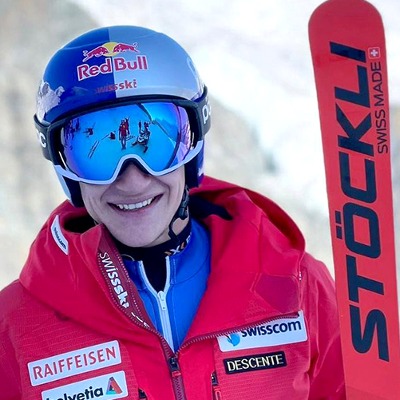ILF Consulting Engineers Work On Hochgurgl’s Snow Production At The Highest Level

Just in time for this year's World Cup premiere in Hochgurgl, another milestone in the history of the Hochgurgl Liftgesellschaft was reached by reinforcing the snow facility with the new Schermer reservoir.
Hochgurgler Liftgesellschaft mbH & Co. KG has reached a milestone for the upcoming 2023/24 winter holiday season by investing in a groundbreaking snow facility in Hochgurgl. This investment not only promises excellent snow security for winter sports enthusiasts, but also has an increased focus on sustainability and environmental protection.
The expansion of the system was started in 2022 after a thorough administrative process and was successfully put into operation in September of the same year. The result: a snow system with an impressive 69,000 cubic meters of water storage capacity and a pumping capacity of 220 liters per second.
From concept to reality
This snow facility is the result of a vision that began to take shape in 2017. The goal of making snow on all of the snow facility's slopes as a top priority was the starting point for intensive discussions and planning. In 2018, a careful location search was carried out with variant studies that took into account the ecological and geological conditions of the region.
This careful selection of the location was crucial in order to keep the impact on the environment as low as possible. The planning of the storage pond and the pumping station was also carried out extremely carefully.
The rough drafts were drawn up, a comprehensive project plan was developed and presented to the responsible authorities.
After the green light was given for the project at the beginning of 2022, the various trades were immediately put out to tender, including concrete work, civil engineering and pipe construction work, as well as the procurement of all the required components.
The pumping station was successfully completed at the end of 2022. The following year, the excavation of the storage pond, including the laying of the foil, was completed, the field cables were laid and the station was equipped. This process was precisely planned and implemented to ensure that the snowmaking system functions efficiently and in an environmentally friendly manner.
Short-term expansion for World Cup
An additional challenge was the construction of the new World Cup slope.
Due to the positive commitment to host a World Cup race in the 2023/24 season, a project to expand the existing Kirchenkar downhill run was developed within a very short time. This project, including the administrative process, was implemented in record time and represents a significant expansion of the sporting opportunities in this ski area.
Nature conservation in focus
Naturally, nature conservation was not ignored during all of this construction work. An ecological construction supervisor monitored the work and implemented numerous measures to ensure that the natural environment was preserved and that interference with nature was kept to a minimum. As a compensatory measure for the interventions, the “sky pond” was built in the vicinity of the pumping station, which will in the future provide a habitat for a species-rich fauna and flora. The removed topsoil and the planting sod stored on the side were saved for recultivation and applied to the newly created areas.
What exactly is a “sky pond”?
Depending on how they are fed, ponds can be divided into stream/river, spring or sky ponds. The stream/river and spring pond are self-explanatory. But a pool of heaven?
A Himmelsteich is a still body of water that is not fed by any surface inflow and draws its water exclusively from precipitation and groundwater. The Himmelsteich is often created within a ski area as a replacement habitat in order to compensate for the environmental impact on the surrounding area. In this role, measures are taken in the area surrounding the pond to protect and improve the natural environment. This can include restoring habitat, planting native plants and creating nesting sites for animals. This promotes biodiversity and preserves the habitat for plants and animals. However, a sky pond in a ski resort is not a fish pond. Quite the opposite. Such ponds should definitely be free of fish so that they are suitable as a habitat or compensatory measure for amphibians.














